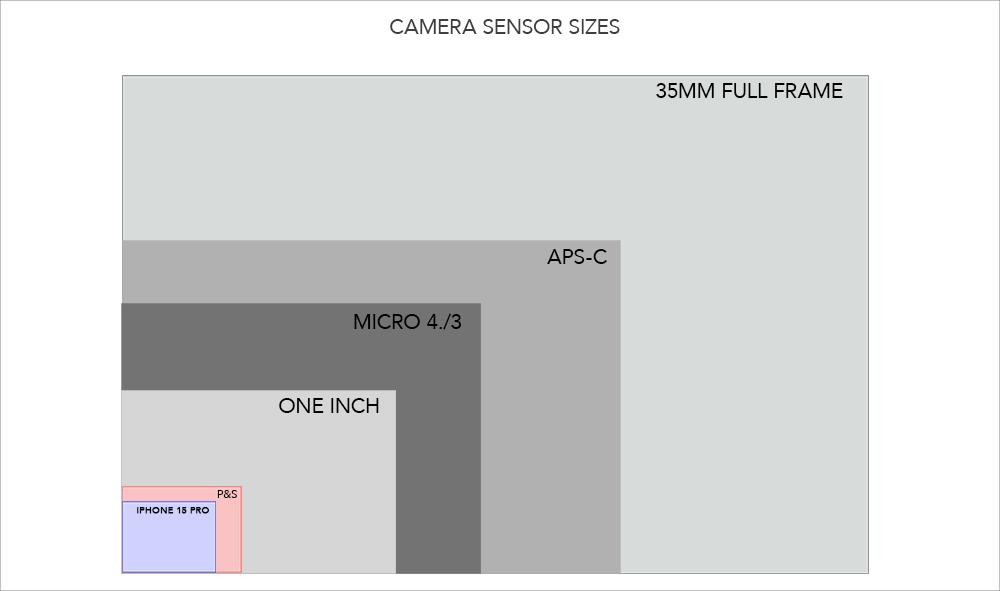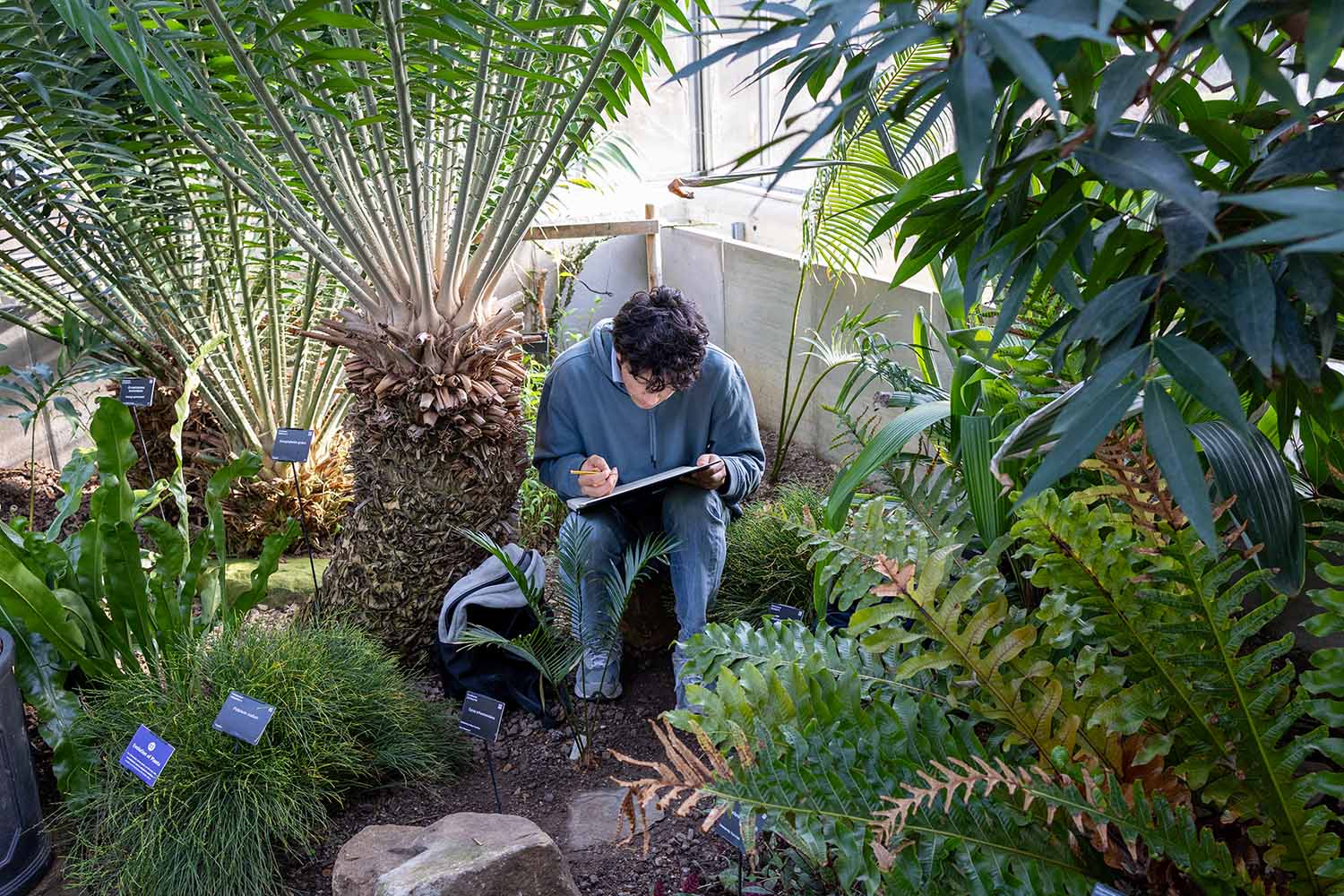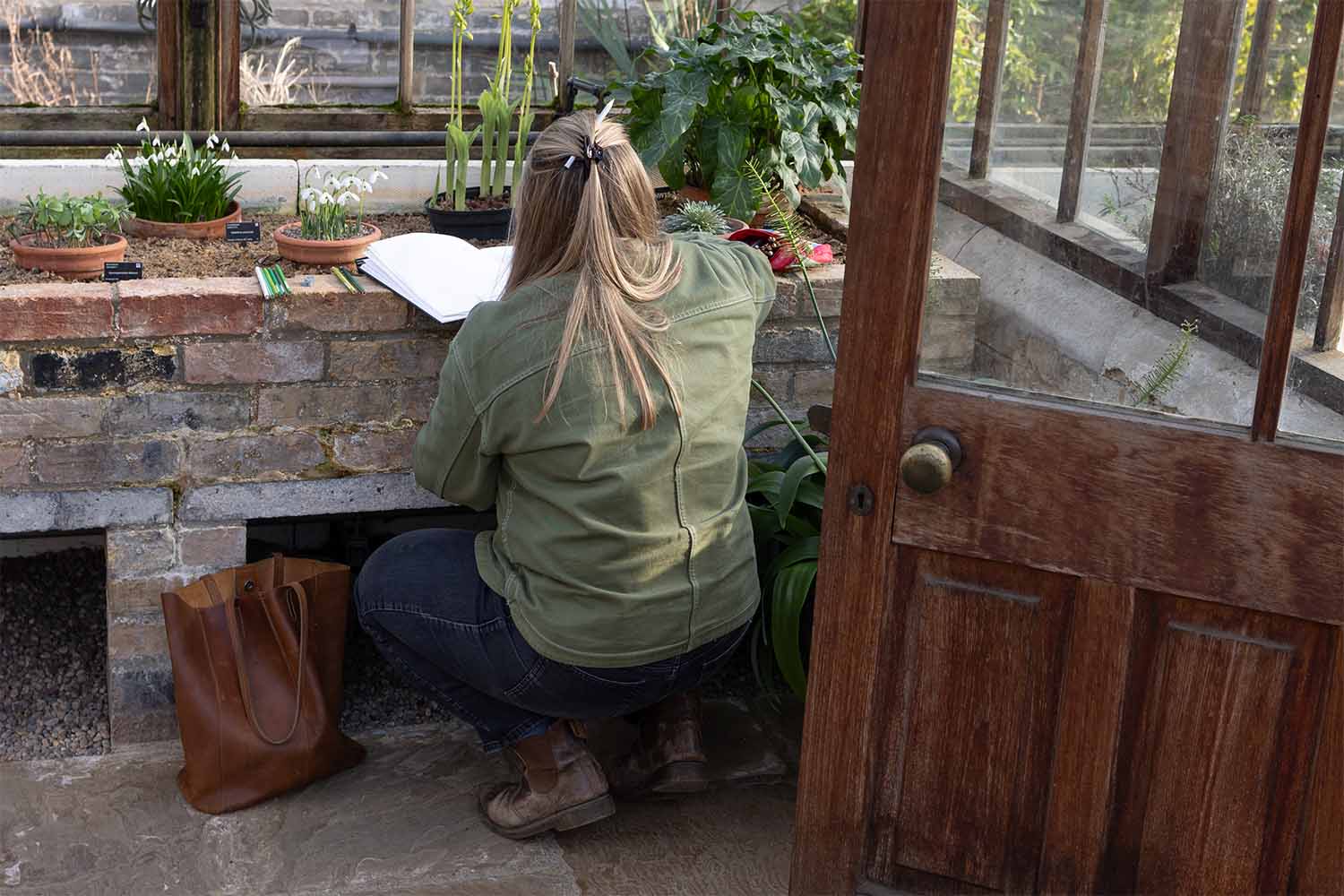Let’s start with cameras with optical viewfinders. The photographer see the actual scene the camera is pointed at because the light enters the lens and up to the viewfinder and into eye of the photographer.
The vast majority of cameras with optical viewfinders that look right out through the lens are Single Lens Reflex (SLR) cameras.
SLRs are called ‘reflex’ cameras because:
a) light enters the lens
b) a prism and a mirror send the light up into the viewfinder, and
c) the mirror has to flip up out of the way for a fraction of a second when you take a shot to let light onto the sensor. And then the mirror flips back again.
One way to think of what looking through the viewfinder of an SLR means is to imagine you are looking through a periscope in a submarine. It’s just that the periscope is only a half an inch tall and upside down – with your eye at the viewfinder, which is higher than the lens.
Mirrorless cameras do away with the prism housing, the mirror box, and the mechanism that flips the mirror up and then down again.
With no prism and no mirror, there is nothing to slap up into the housing and bump back down again. So mirrorless cameras are quieter, with less vibration.
With mirrorless cameras the light enters the lens and a tiny digital representation of the scene is shown in the Electronic Viewfinder (EVF).
One of the advantages of an EVF is that you see exactly how the shot is going to come out. If the picture is too dark, change the shutter speed or the aperture and brighten the image in the EVF – and the photo you get when you take the shot will be just as it looked in the EVF.
Some people don’t like electronic viewfinders because they are yet one more barrier between you and the scene.
You win some you lose some.
Not All EVFs Are The Same
In my search for my next camera, I have been weighing up EVFs and comparing them across different brands and different sensor sizes.
Here’s the thing – I have discovered though is that there is a great similarity in EVF specifications across different camera brands.
Generally speaking the EVFs in smaller sensor cameras are smaller than the EVFs in bigger sensor cameras.
But, also – more expensive cameras in a range of models have bigger EVFs.
More specifically, the majority of EVFs come in two sizes, shown by the relationship between these two rectangles. The red edged rectangle represents the size of a typical viewfinder on an APS-C sensor or a low end full frame camera.
The black edged rectangle represents the size of the viewfinder typically found on a full frame sensor or a high end camera with an APS-C sensor..
Look at the EVF specifications on different brands and you will see that all of them more or less fall into one of two specifications.
EVF Specifications
Nikon Z6II (full frame sensor)
1.27-cm/0.5-in. approx. 3690k-dot (Quad VGA) OLED electronic viewfinder with color balance and auto and 11-level manual brightness controls
Canon R6 (full frame sensor)
1.27-cm/0.5-in OLED color EVF, 3.69 Million dots
Fujifilm X-T5 (APS-C frame sensor)
1.27-cm/0.5-in OLED Color Viewfinder, Approx. 3.69 million dots
The Fuji X-T5 is a top of the line APS-C camera – so it has a bigger EVF
Nikon Z50 (APS-C frame sensor)
0.99-cm/0.39-in. approx. 2360k-dot (XGA) OLED electronic viewfinder with color balance and auto and 7-level manual brightness controls
Fujifilm X-S20 (APS-C frame sensor)
0.99-cm/0.39-in with 2.36 million dots of resolution and a 0.62x magnification,
Canon R8 (full frame sensor)
0.99-cm/0.39-in) OLED color EVF, 2.36 Million dots
The Canon R8 is a low end full frame camera, so it has a small EVF.
Other Factors
One thing I haven’t talked about is the refresh rate of the EVF. Because the scene is a digital representation, it has to refresh as the camera moves or things in the scene move. Of course optical viewfinders do the same, but at the speed of light so we don’t detect any lag.
That is not so with EVFs. Poorer quality EVFs can’t keep up as the scene changes. They are described as laggy – meaning that the EVF is playing catch-up all the time as the scene changes.
Another factor that applies to EVFs and OVFs is the layout of the viewfinder. Some have information (shutter speed, aperture, ISO and other info) in the EVF. Some have the info at the top and bottom of the EVF. I find that a pain (that’s the Nikon Zf). Some have super clear letters and numbers at the bottom of the EVF (Canon R6 for example)






